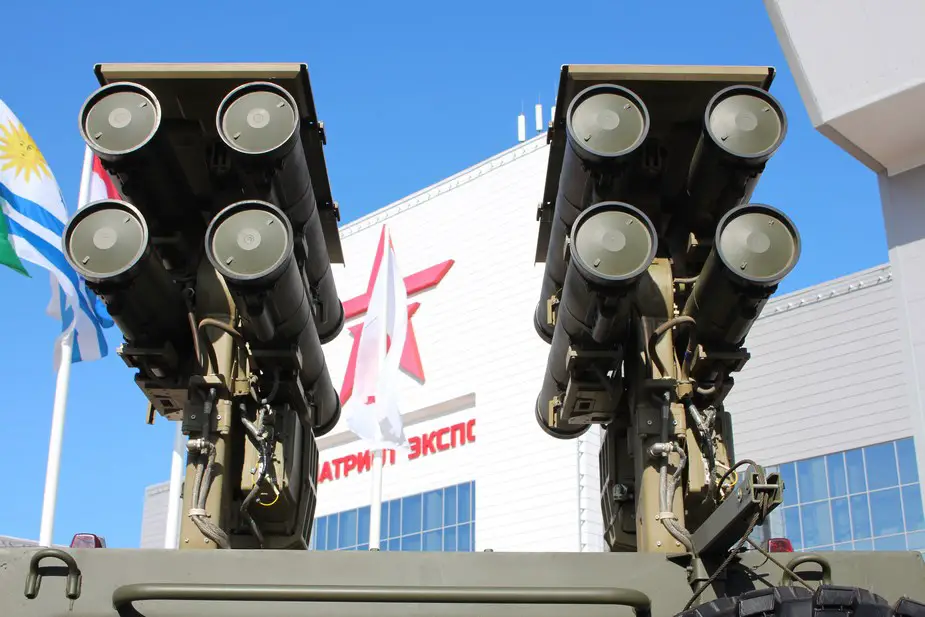Russian airborne divisions and brigades will be the first in the Russian armed forces to switch to Kornet-D1 antitank missiles (NATO code: AT-14 Spriggan) (as already announced by Army Recognition on January 17, 2019). They will have various options of the latest missiles in the world. Kornet can destroy armor, fortifications and buildings, down drones and helicopters.
Follow Army Recognition on Google News at this link

Kornet-D1 antitank missiles (Picture source: Army Recognition)
Russian Defense Ministry sources said the decision on arming the Airborne Forces with Kornet had been made. Paratroopers will receive portable, mobile tracked and wheeled launchers to completely replace available missiles. Kornet-D1 is universal and can fight armor, helicopters and drones. Portable Kornet has already been supplied to airborne units. However, old Fagot, Konkurs and Metis missiles still comprise the backbone of antitank weapons.
Head of the 242nd airborne training center Colonel Vitaly Terekhin said the training of commanders of the new-generation missile launchers would begin in December 2020. The Defense Ministry said it plans to complete acceptance trials of Kornet-D1 on tracked BMD-4M airborne vehicle in the near future. It will be delivered to antitank battalions of airborne artillery. “The Kornet has a long range and can pierce the armor of all modern tanks. This weapon is mobile and difficult to destroy” expert Valery Yuryev said.
The Defense Ministry has been building up the firepower of the Airborne Forces of late. “The military leadership stakes on mobile forces which can rapidly appear where it is necessary. There is no need to build echeloned defense today. Modern long-range weapons can destroy adversary rear without breaking its defense. The rapid reaction units have to enjoy the same firepower as motorized rifles and tanks to effectively fulfil the millions.
Portable Kornet is being supplied and is carried on BTR-D armored personnel carriers. It is fired by disembarked paratroopers from the ground or shelters. Several combat vehicles with modules are being designed. They have sights to fire from behind armor.
The Shipunov Design Bureau in Tula was instructed to adapt Kornet for prospective armored airborne platforms in 2013. It was reported that besides BMD-4M, the missiles would be mounted on wheeled chassis. Kornet-D1 on 4x4 Tigr armored automobile has been demonstrated at Victory Day parades in Moscow for several years. The vehicle can be airlifted but not airdropped.
New airmobile units will be also armed with Kornet-M on Typhoon-VDV armored vehicles. Both options have two modules of four Kornet each, optical devices and sights. One vehicle can simultaneously fire at two targets. The launch of missiles with a short interval helps piece modern reactive armor. The tracking mechanism increases precision and helps attack both ground and air targets.
Besides antitank missiles, Kornet can fire high-explosive fragmentation warheads against light armor and infantry. There is also a thermobaric missile to destroy fortifications and for city fighting, the Izvestia said.
© Copyright 2020 TASS / Army Recognition Group SPRL . All rights reserved. This material may not be published, broadcast, rewritten or redistributed.















